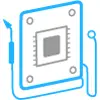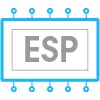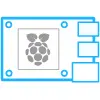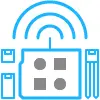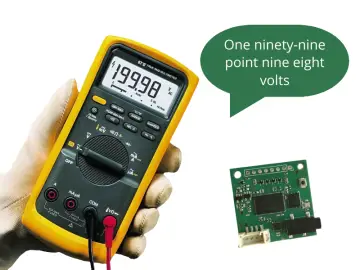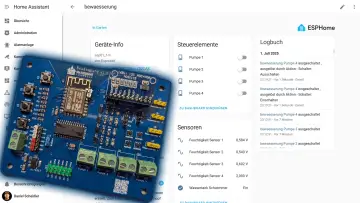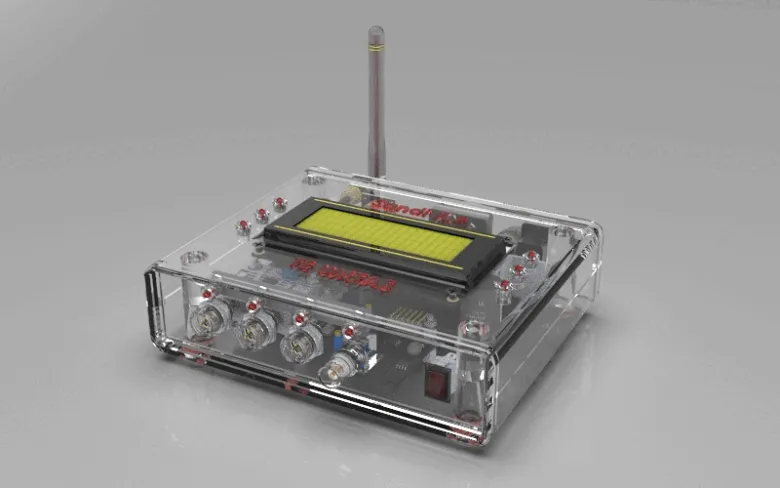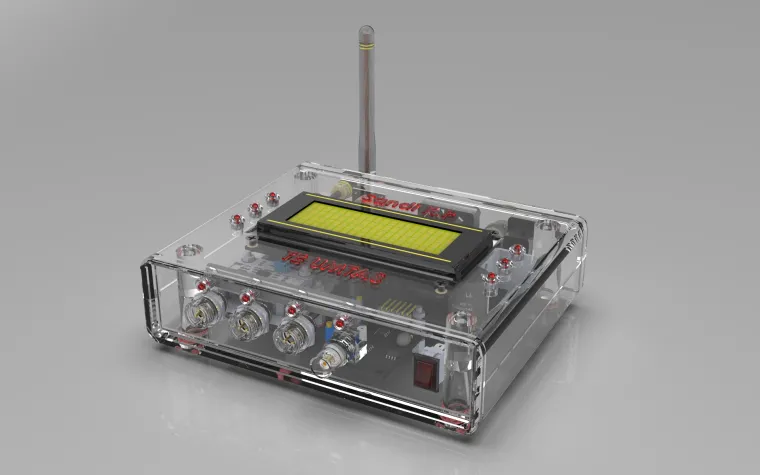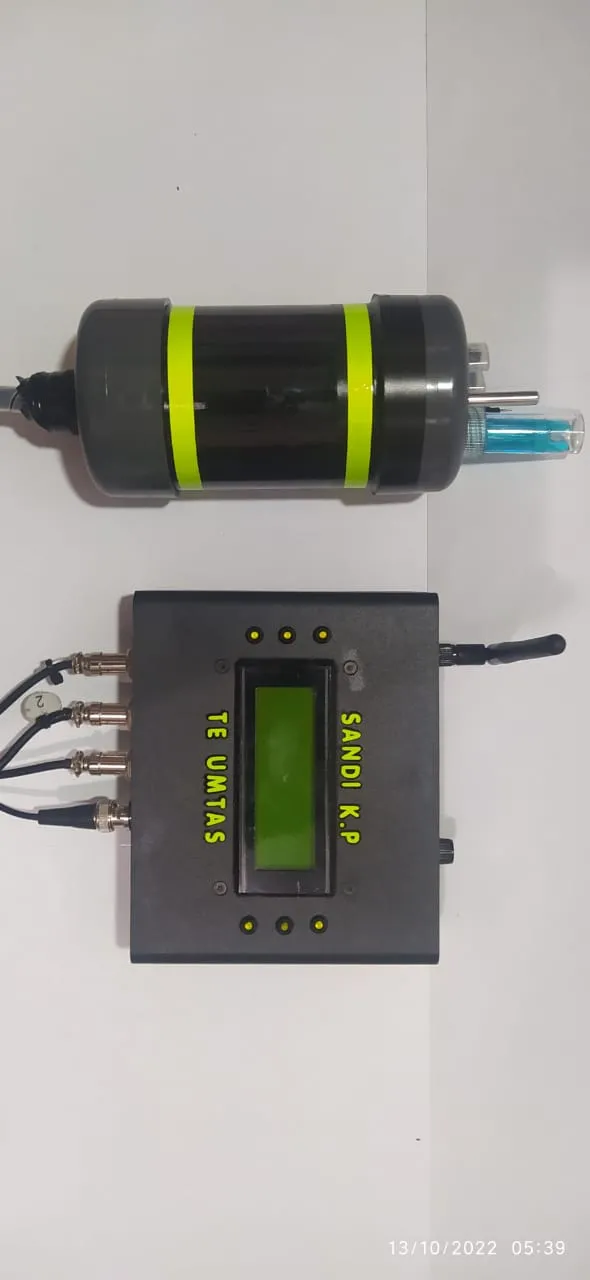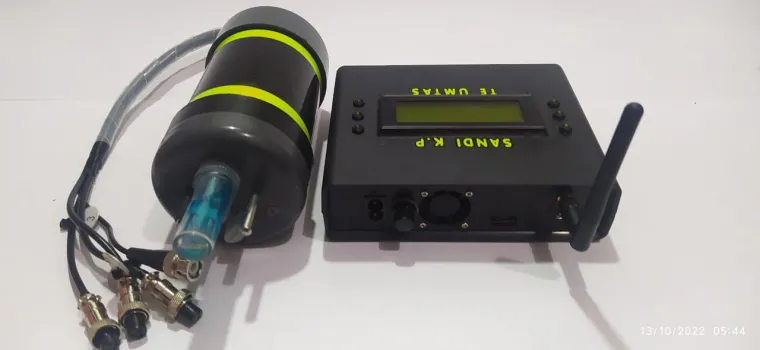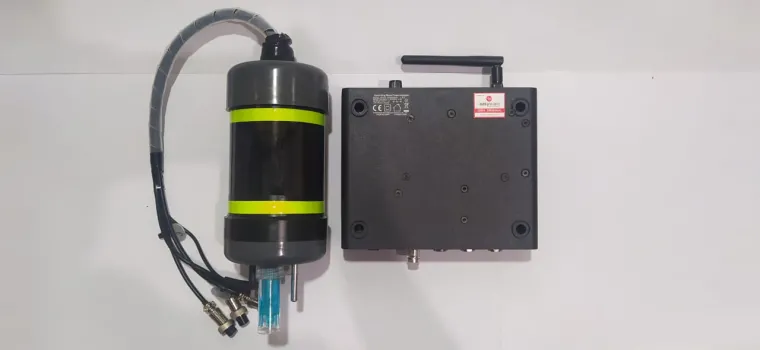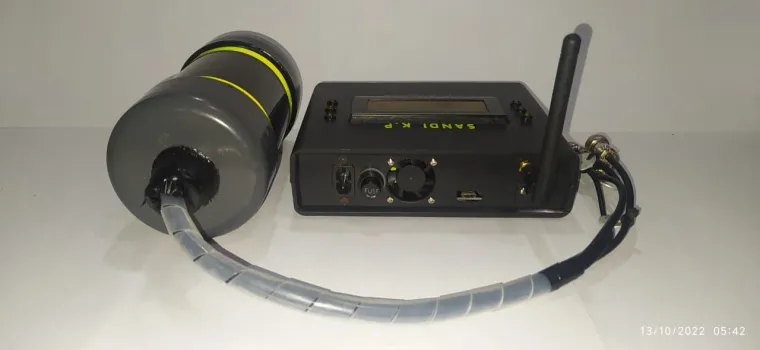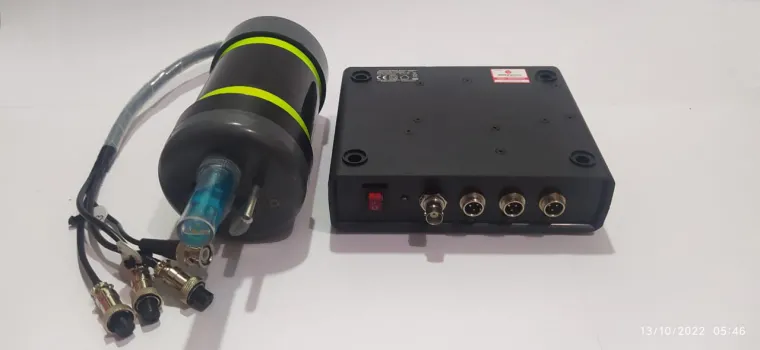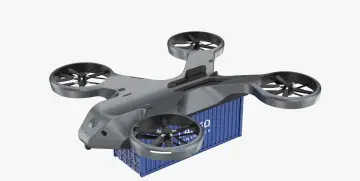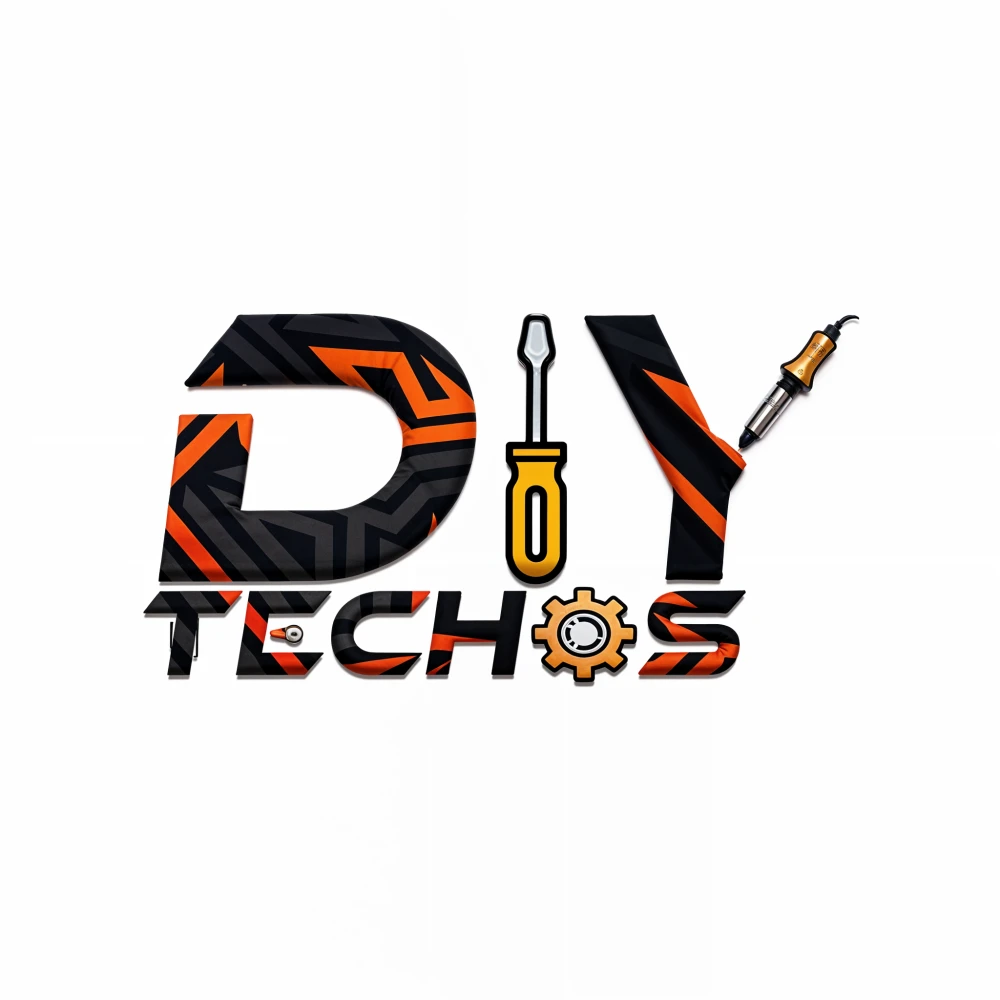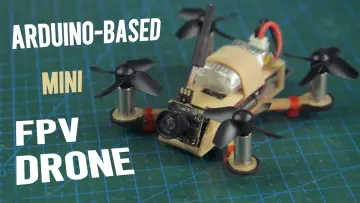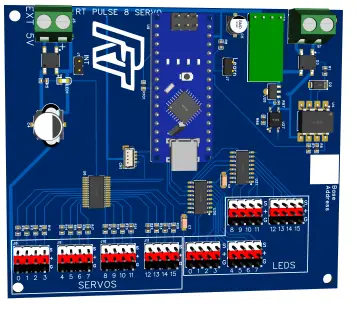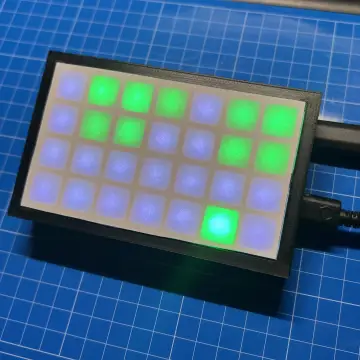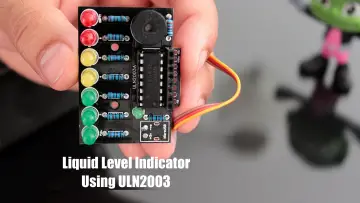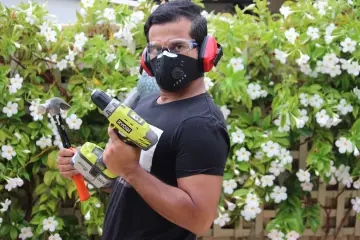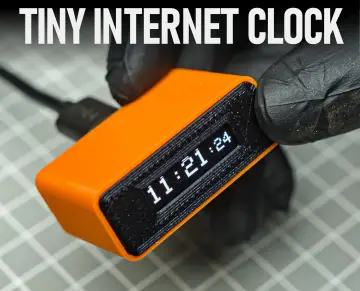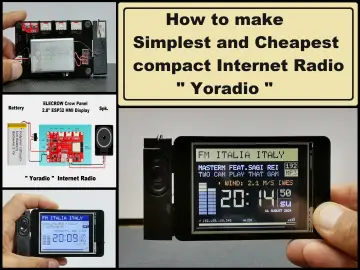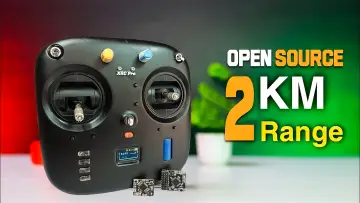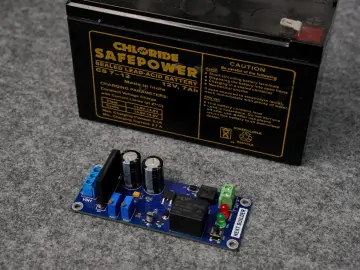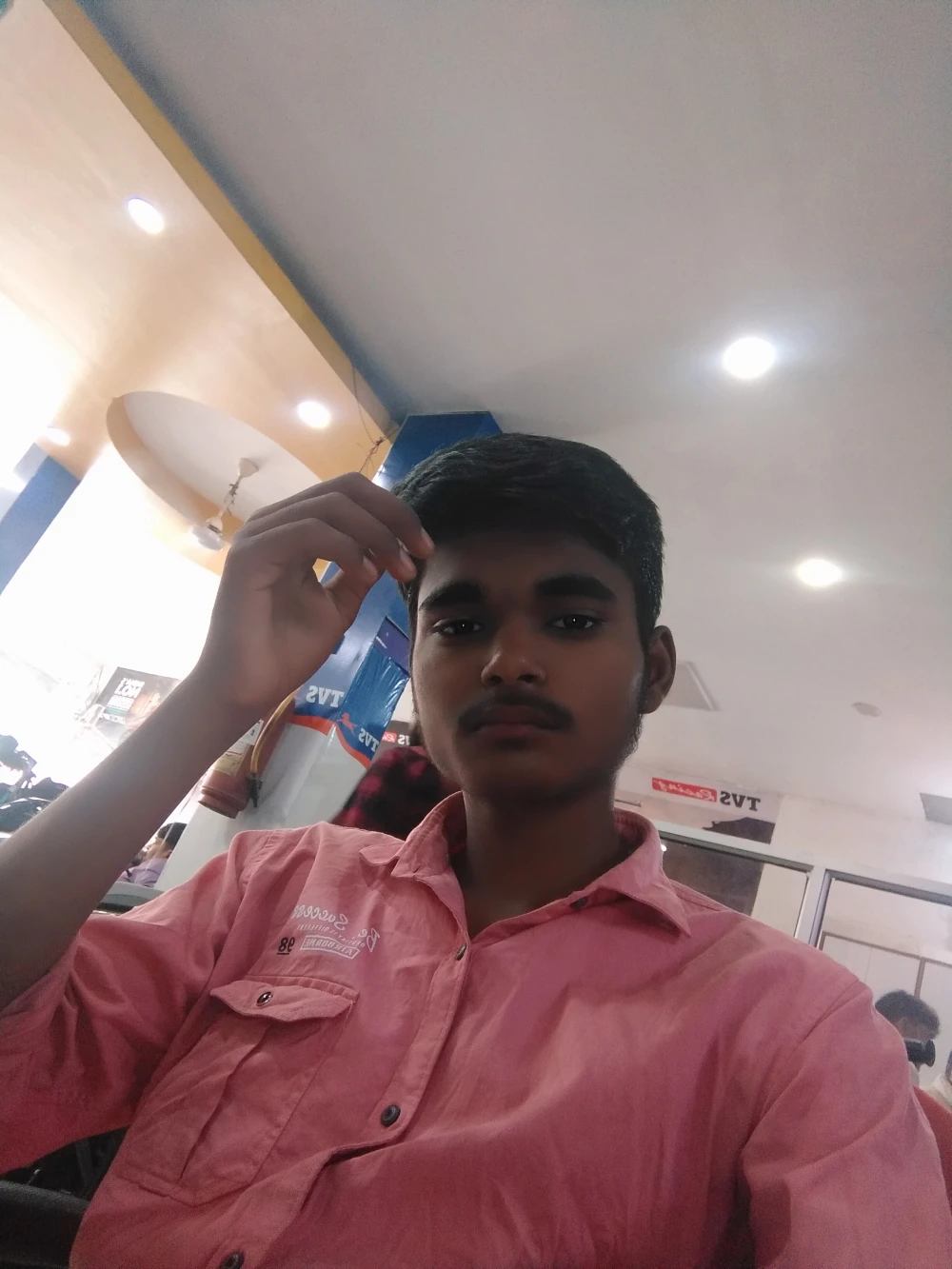Story
Water quality is a critical factor in the successful cultivation of koi fish, where parameters such as temperature, turbidity (TDS and turbidity), and pH must be maintained within optimal ranges to ensure fish health and growth. Unmonitored changes in water conditions can lead to stress or even mass mortality. Therefore, a reliable, real-time, and remotely accessible monitoring system is essential to assist fish farmers in effectively managing pond water quality.
This research aims to design and develop an Internet of Things (IoT)-based water quality monitoring system for koi fish ponds capable of measuring temperature, Total Dissolved Solids (TDS), turbidity (NTU), and pH in real time. The system utilizes a Robotdyn Arduino Uno microcontroller integrated with an ESP8266 WiFi module, along with sensors: DS18B20 (temperature), SEN0244 (TDS), SEN0189 (turbidity), and pH 4052c. Sensor data is processed by the microcontroller and displayed locally on a 20x4 I2C LCD screen, while simultaneously being transmitted to the Thinger.io IoT platform for remote visualization via a real-time dashboard accessible from any internet-connected device.
The device was tested continuously over 7 days and compared against a reference instrument, the Water Quality Meter EZ9908. The results showed good levels of precision and accuracy. For temperature, precision ranged from 76.64% to 92.83% and accuracy from 73.73% to 96.42%. For TDS, precision was between 81.75% and 90.22%, with accuracy from 70.61% to 93.15%. For pH, precision reached 91.50%–95.04%, and accuracy ranged from 85.97% to 100.50%. All measured parameter values were within the acceptable range according to BBPBAT Buleleng standards for koi fish pond water quality.
The system is designed to be portable, plug-and-play, and cost-effective. Measurement data is stored in a cloud-based database and can be downloaded at any time. Although limitations exist—such as data retention limits on the free Thinger.io account (data loss after more than 99 readings)—the system has proven to be an efficient and modern solution for koi fish farmers.
In conclusion, the developed IoT-based monitoring system successfully integrates sensor technology and wireless connectivity for accurate, real-time, and remote water quality monitoring. Future recommendations include upgrading to a premium IoT platform for better data logging stability and adding automated alert notifications when water parameters exceed normal thresholds.



